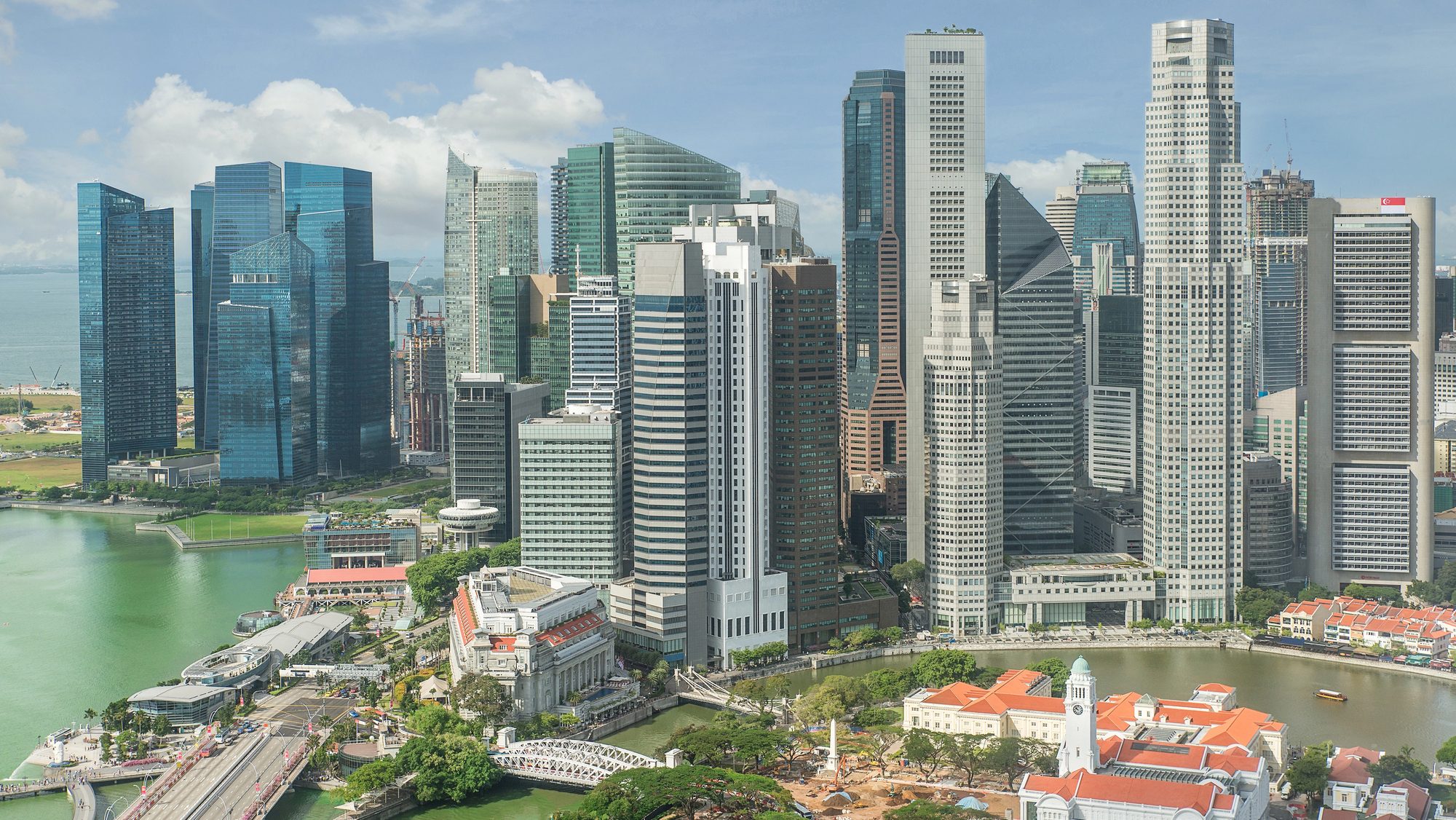Inflation has a significant influence on Singapore’s real estate market. As global prices rise, housing costs, construction expenses, and borrowing rates all shift in response. These changes affect both property buyers and investors, shaping overall pricing trends and long-term market behavior.
1. Inflation and Property Price Adjustments

Coastal Cabana represents the type of modern development that reflects how inflation shapes pricing strategies. Rising material and labor costs naturally increase the total expense of construction, which in turn drives developers to adjust property prices to maintain profitability.
In Singapore’s land-scarce environment, limited supply further amplifies inflation’s impact. When global economic pressures raise import costs, the market reacts quickly, especially in prime areas where demand remains strong. However, Singapore’s government maintains balance through cooling measures designed to prevent speculative spikes while ensuring steady market growth.
For buyers, inflation means higher upfront costs and mortgage rates, but also potential long-term appreciation if assets are held through stable economic cycles. Property remains a reliable hedge against inflation, offering tangible value even when currency purchasing power declines.
2. Impact on Construction, Financing, and Demand

Inflation affects every stage of the real estate cycle—from development to financing. Construction costs rise due to more expensive materials and increased labor wages, leading developers to adjust project pricing or delivery timelines. This can slow new supply, tightening availability and supporting higher resale values for completed properties.
Financing also becomes more expensive as central banks raise interest rates to control inflation. Higher mortgage rates influence buyer behavior, often cooling short-term demand but improving long-term market health by discouraging speculative activity.
Projects like Coastal Cabana remain attractive during such periods because of their strong fundamentals: good location, sustainable design, and practical unit layouts. Buyers prioritize quality developments with long-term livability over short-term affordability, ensuring continued interest even in inflationary conditions.
3. Real Estate as a Hedge Against Inflation

Singapore real estate has historically been a stable hedge against inflation. Property values tend to rise in line with or ahead of inflation rates, preserving investor wealth. Rental income also adjusts upward over time, providing consistent returns that offset rising costs of living.
For institutional and individual investors alike, holding well-located assets remains a strategic move during inflationary cycles. The limited land supply and strong policy framework ensure that property retains both scarcity and desirability.
Government initiatives, such as sustainable urban redevelopment and public infrastructure investment, also protect long-term property values. These efforts maintain confidence in the market even during economic uncertainty, reinforcing Singapore’s reputation as a safe and steady real estate environment.
Conclusion
Inflation continues to influence Singapore’s real estate market by shaping prices, financing conditions, and investment strategies. While short-term challenges arise from higher costs, the market’s resilience and structured planning ensure lasting stability.
Developments like Coastal Cabana exemplify how quality and strategic planning safeguard long-term value. As inflation reshapes global markets, Singapore’s disciplined approach to property development will continue to preserve real estate as a key tool for wealth protection and growth.







